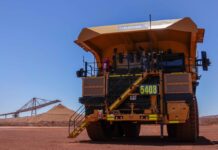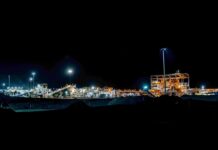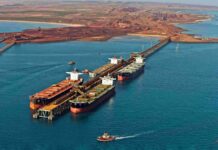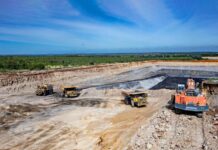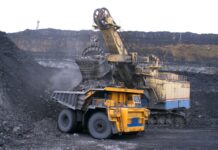Australia’s largest aluminium smelter faces closure
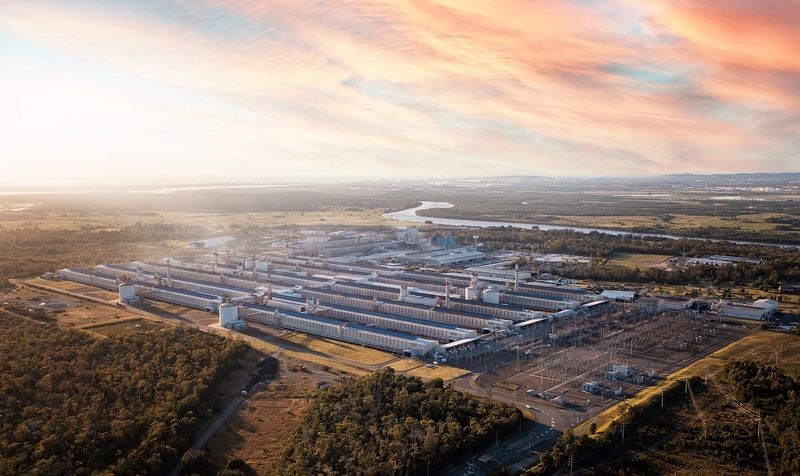
Tomago Aluminium has started consulting more than 1000 workers at its Tomago aluminium smelter in NSW as changing operating economics potentially affect the smelters viability.
The Tomago Aluminium venture, controlled by Rio Tinto (ASX: RIO), has been working to identify an economically viable energy solution for when its existing electricity supply contract with AGL expires in December 2028. However, the venture has yet to identify a pathway that supports commercially sustainable operations.
As the largest energy consumer in NSW, electricity currently accounts for more than 40% of Tomago Aluminium’s operating costs.
Based on market proposals received to date, the cost of both coal-fired and renewable energy options from January 2029 would fundamentally change operating economics, according to Tomago Aluminium.
Tomago Aluminium chief executive Jérôme Dozol says the company continues to engage with stakeholders on a viable pathway for Tomago.
“Unfortunately, all market proposals received so far show future energy prices are not commercially viable, and there is significant uncertainty about when renewable projects will be available at the scale we need,” he said.
“While no decision has been made, this is a difficult point to reach. Our focus remains on operating safely and giving our people certainty as soon as possible.”
Earlier this week, Norsk Hydro, a major shareholder in the smelter, gave an investor update for Q3 CY25 which showed Tomago ceasing to consume electricity from 2029.
In 2023, the Norwegian company wrote down the value of its asset by about $96m [KR$628m] and has impaired its stake by about $24m [KR$157m] over the last nine months.
Norsk Hydro chief executive Eivind Kallevik says the company continues to work with stakeholders to find renewable energy alternatives.
“It is a challenging situation and we will make sure to update the market,” he said.
The NSW Government and Federal Government has been in negotiations with Rio Tinto regarding the Tomago plant but are yet to reach an agreed outcome.
This follows the Federal Government and Queensland Government’s commitment, made earlier this month, to provide Glencore’s Mount Isa copper smelter a $600m support package to maintain operations.
Also this year, the Federal Government offered $2.4b in funding support to Whyalla Steelworks in South Australia and $135m for Nyrstar Australia’s smelters in South Australia and Tasmania.
Federal Minister for Industry and Innovation Tim Ayres says governments will continue to try and secure a future for the Tomago facility.
“All of these facilities are facing a tougher global trading environment that is more volatile, shaped by overcapacity and subsidisation in some markets, tariff responses from, for example, the [US] administration,” he said.
“Multiple aluminium smelters around Australia, many of them with Rio Tinto as the principal owner… are all facing challenges that [governments are] determined to work through in the Australian national interest.
“We are absolutely determined to exhaust every opportunity, because it’s the right thing to do for those workers.”
The smelter was founded in 1983 and produces up to 590,000tpa of aluminium — about 40% of Australia’s total production.
House of Representatives member for Paterson Meryl Swanson says Australia needs the aluminium the smelter produces to move forward in the energy transition.
“There’s been some speculation in the media about [governments] supporting smelters, and whether that’s a futile thing — it isn’t,” she said.
“Aluminium is a very important part of moving into the future, through renewables, through energy… it is a critical part of that.”
A final decision regarding Tomago’s future is yet to be made. The consultation process will run until November 21.


